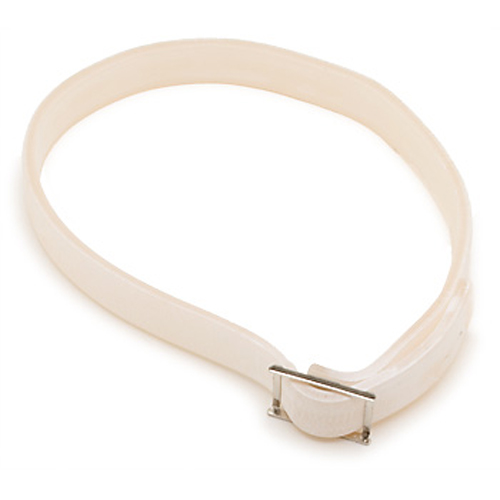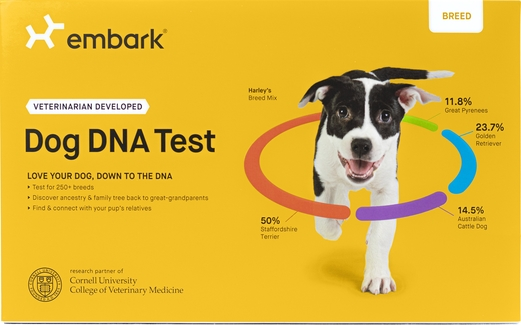Preventing Fleas
Dog flea collars are useful for preventing flea infestation especially if your dog spends a lot of time outdoors or at the Dog Park. Yes, it is a easy way of flea and tick prevention, but it may not be suitable for every pet in every situation. Some dogs are even allergic to certain chemicals in these collars and you should always observe your Dog for any significant changes if you decide to use a flea collar. They are not the best form of protection alone but can be beneficial when used in conjunction with a topical flea control product, especially in areas of high parasite challenge.
Which Flea collar suits my Dog?
If you have a very senior or pregnant Dog nor young dogs one to three months. The chemicals in these collars may have mild to severe side effects on these dogs that may have reduced immune systems due to age or state. Always read the datasheet about the collar before use to ensure the product you have is appropriate for the animal you intend to treat.
How do the collars work?
Older cheaper dog collars usually kills fleas closer to the collar by emitting the poison as gas. that type was really quite ineffective as once ticks landed and took up residence elsewhere on the animal, the collars became useless. The newer collars contain flea and tick repellent chemicals that are continuously released from the flea collar and spread over the pet in the natural oils of the hair, coat and skin. These flea killing chemicals then adhere to the hair and skin and provide continuous protection.
Dog collar chemical exposed to Home and Family
Since the poison is located directly on the collar, it is quite easy for that chemical to rub off on sofa, bed and other household items. Petting of the animal by children is also a health risk as children do enjoy playing with their dogs. It is important to always wash your hands after touching the dog on every occasion. But many times the brain becomes forgetful and after petting and playing, especially for kids, the hands are not washed and go right back touching their selves with that poison on hand. If you have animals or children that are always in close contact with each other, a different form of flea treatment may be more appropriate.
I would not risk bathing your dog or taking it swimming with a flea collar still around its neck. Always have a non- flea and tick collar ready. Many flea collar come as water resistant, but may not be fully water proof. What that simply means is that chemicals from the collar overtime can be dwindled because of prolonged time in water, depreciating the integrity of the product. Toxic chemicals can also be washed off or spread in swimming pools where you and your children swim.
How should the collar be worn?
Follow the instructions that came with the collar and you should be OK. The collar should be closely fit around your dogs neck which would ensure that the chemicals touch the skin of the animal and it is not easily discarded by the dog. Many dogs find it fun to pull off the collar off their necks. With any dog collar, you should be able to place your two fingers under between the collar and the dog's neck. Any additional length should be cut off and disposed of. Any pieces that are cut from the collar should always be safely disposed of, do not allow other animals to pick up or chew on this poison. Ensure that the collar is always at a standard point during growth of the animal. Re-check the fit of the collar frequently. Remove and replace flea collars as necessary, and monitor your pet for irritation or hair loss around the neck.


 RSS Feed
RSS Feed



